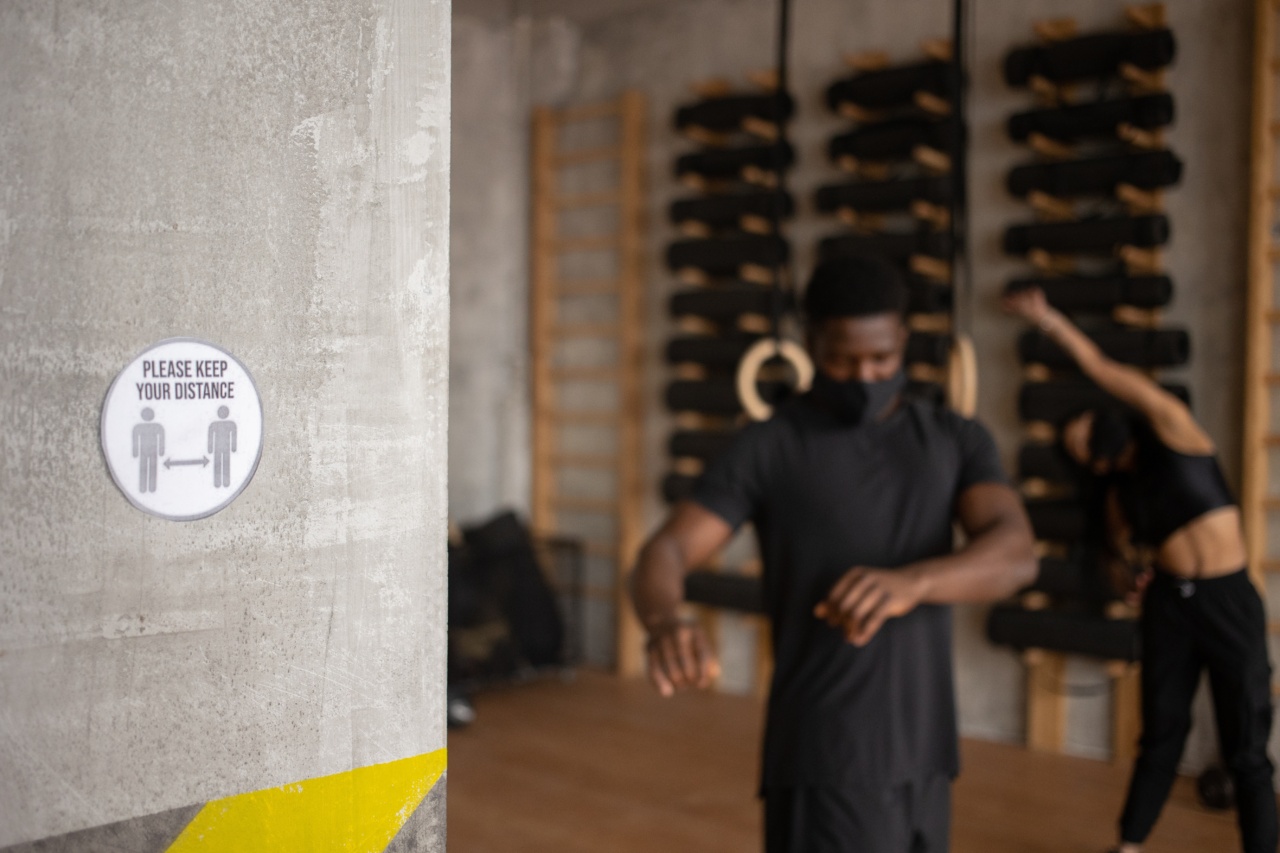As a new parent, the last thing you would ever want is to lose your baby to sudden infant death syndrome (SIDS) or accidental suffocation.
SIDS is the sudden and unexplained death of an infant under one year of age, while accidental suffocation results from the blockage of the airway within the first year of life. While these incidents can happen without warning, there are simple measures parents can take to prevent them. Here are some of the best practices to keep your infant safe:.
1. Safe sleeping environment
Ensure your baby sleeps on their back on a firm flat surface such as a bassinet, crib or playpen. Avoid placing them on soft surfaces such as a waterbed or a couch.
Make sure there are no pillows, comforters, stuffed toys or loose bedding in the crib or bassinet. Use a wearable blanket or sleep sack instead of a blanket to keep them warm and prevent suffocation.
2. Room sharing
Room sharing for at least the first six months of your baby’s life is recommended by the American Academy of Pediatrics. It has been shown to reduce the risk of SIDS by as much as 50%.
It also allows you to monitor your baby’s breathing and respond promptly if there are any issues.
3. Breastfeeding
Breastfeeding has numerous benefits for your baby’s health, including reducing the risk of SIDS by about 50%. Breastmilk helps protect your baby from infections, which can increase the risk of SIDS, and promotes healthy brain development.
If you cannot breastfeed, make sure to use formula that is appropriate for your infant’s age, and always follow the instructions on the package.
4. Proper clothing and temperature
Dress your baby in light clothes and keep the room cool to prevent overheating. Overheating has been linked to SIDS. Ensure that the room is not too cold either, and use a thermometer to monitor the temperature.
The ideal temperature is between 68°F and 72°F.
5. Eliminate smoking and secondhand smoke exposure
Both cigarette smoke and secondhand smoke increase the risk of SIDS. Do not smoke or allow anyone to smoke around your baby. Do not smoke during pregnancy as it can cause premature or low birth weight babies who are more susceptible to SIDS.
6. Use a pacifier
Using a pacifier at naptime and bedtime can also reduce the risk of SIDS. However, if you are breastfeeding, do not use a pacifier until your baby is one month old, and then only use it when putting them down for sleep.
7. Regular checkups
Regular checkups with your pediatrician are crucial, especially in the first year of life. Your pediatrician can monitor your baby’s growth, development and address any concerns or issues related to their health.
Be sure to discuss any concerns you may have about SIDS or other risks.
8. Tummy time
Tummy time not only helps your baby develop strong neck and shoulder muscles but also decreases the risk of SIDS. Allow your baby supervised tummy time while they are awake, but never let them sleep on their stomachs.
9. Car safety
Always use a rear-facing car seat in the back seat of your car until your baby is at least one year old and meets the height and weight requirements for a forward-facing seat. Make sure the car seat is installed correctly and securely.
Do not put your baby in the front seat of a car with an active passenger airbag.
10. Safe feeding practices
Avoid giving your baby large food chunks or foods they can choke on. Always monitor your baby when they are feeding, and do not prop up the bottle, as it can increase the risk of choking or accidental suffocation.
Make sure your baby is sitting up and supported while feeding and burping.
While SIDS and accidental suffocation can be scary, by following these best practices, you can lower the risks and help save your infant’s life.




























